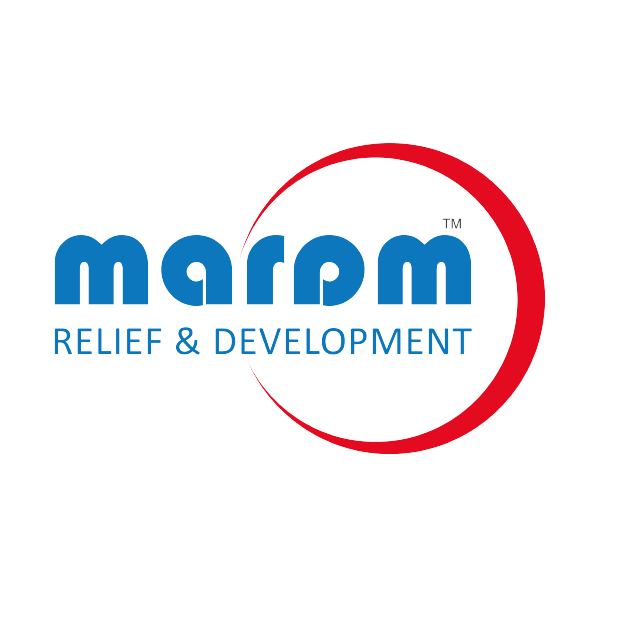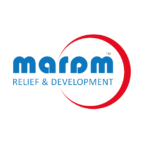EARLY RECOVERY & DEVELOPMENT ER
Maram Foundation, ER GUIDE.
What is ER Development?
Early Recovery (ER) is an umbrella term for a number of activities and targeted programming that seeks to stabilize communities and enhance resilience. Our ER program aims at socio-economic recovery, social cohesion between displaced populations, and host communities, rehabilitation, and restoration of infrastructure and services.

Why ER DEVELOPMENT?
An early Recovery is an approach to humanitarian response which, through improved coordination, focuses on strengthening resilience, re-building or strengthening capacity, and contributing to solving rather than worsening long-standing problems which have contributed to a crisis; with a set of specific programmatic actions aim to help people to move from dependence on humanitarian relief towards development.
MF has been and continues to be dedicated to the provision of life-saving emergency relief and humanitarian aid to address the most urgent needs of vulnerable populations, the Foundation is committed to finding durable solutions. Solutions which bridge the gap between development and humanitarian aid, with the aim of strengthening the resilience of communities and of building solid foundations for sustainable recovery.

ER DEVELOPMENT MISSION
Early Recovery and Development are the base of effective humanitarian responses. The central mission of ER programming is to ensure responses provide sustainable solutions to pre-existing problems which have contributed to a crisis and to lay the foundations for a quick return to progress.
Early Recovery is not a linear process, rather it is a multidimensional process that begins at the onset of humanitarian responses and acts as a catalyst for sustainable development long after an intervention comes to an end.
Based on thorough contextual understanding of the diverse needs of affected populations, national capacities, and factors that contribute to vulnerability, ER programming seeks to strengthen local capacities, resilience, and ownership.

ER EXPERIENCE
CCCM deals with how effective coordination and comprehensive management work to improve the quality of life of IDPs both in times of transit and for life after displacement. The central mission of CCCM is to ensure that protection and assistance programs in camps and camp-like settings meet the standards ascribed by international laws, by providing effective management and coordination of humanitarian assistance and services within camp settings. Effective CCCM works to increase accountability; mobilize camp residence; identity and correct gaps in services; support transparency and information sharing, and finally support timely interventions by humanitarian actors.

ACTIVITIES
REHABILITATION
Rehabilitation, maintaining, and restoring infrastructure and basic services both within Syria and in communities. Rehabilitation activities include:
- Establishing Water Network
- Establishing/rehabilitating Sewage Networks
- Digging Wells
- Reviving Water Services
- Reconstruction of Housing
- Debris Removal
- Road Works
- Distributing Solar Units
- Street Lighting

SOCIOECONOMIC RECOVERY
Prolonged conflict has devastated Syria’s economy and placed a heavy burden on the already-strained economies of host communities. Socioeconomic activities & programming target local productivity, manufacturing, skills-based training and labor. Activities include:
- Vocational Training
- Business Mentoring Program
- Network and Marketing Training
- Cash-Based Programming
- Capacity-Building
- Local Manufacturing & Production
- Local Labor & Local Markets for Project Implementation

SOCIAL COHESION
Host communities have adopted generous policy frameworks to accommodate displaced populations, it is vital that Early Recovery initiatives contribute to the social and economic resilience of Syrian populations and host communities. This is achieved through programs that strengthen local government capacities, stimulate job creation and promote social inclusion through:
Establishing inclusive community centers,
- Skills-based vocational training,
- Education programs
- Language courses
- Recreational Activities

SHARE

